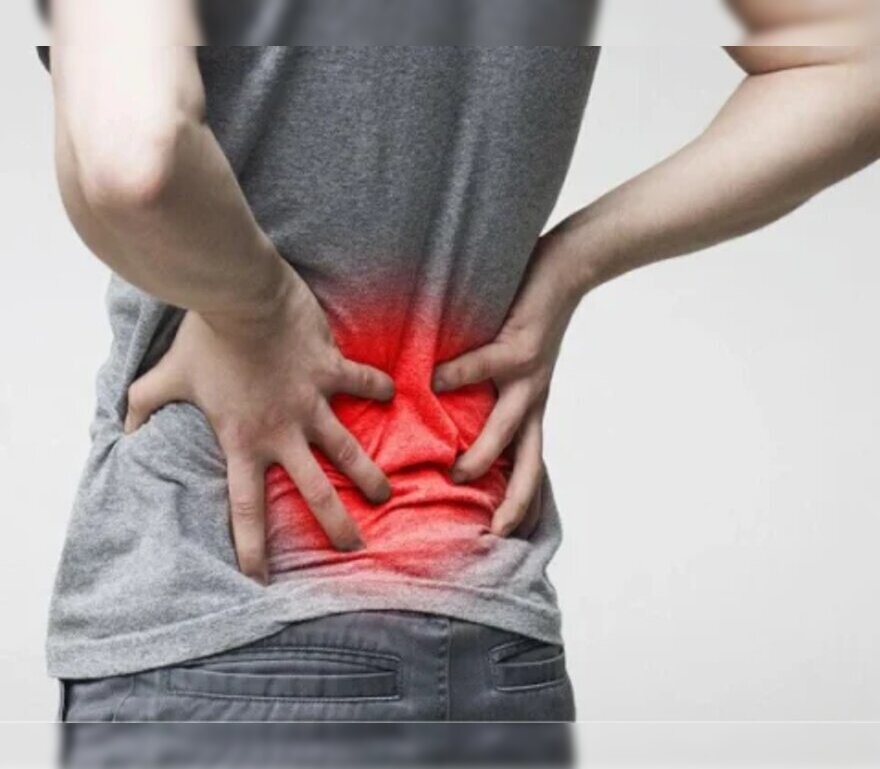Lower back pain is a prevalent concern among females, significantly impacting daily activities and overall quality of life. At Synapse Spine, we recognize the multifactorial nature of this condition and provide tailored treatment options that address its root causes. Understanding the underlying factors contributing to pain in the lower back is essential for effective management.
Common Causes of Lower Back Pain in Females
Lower back pain in females can stem from various physiological, lifestyle, or medical conditions. The most common causes include:
- Hormonal Changes
Hormonal fluctuations, particularly during menstruation, pregnancy, and menopause, can contribute to inflammation and discomfort in the lower back. The release of certain hormones like relaxin during pregnancy can loosen ligaments, leading to instability and pain. - Gynecological Issues
Conditions such as endometriosis, ovarian cysts, or uterine fibroids can cause referred pain in the lower back. These issues often coexist with symptoms like pelvic pain and irregular menstruation. - Poor Posture and Lifestyle Factors
Sedentary lifestyles, prolonged sitting, or improper posture can strain the lower back muscles, leading to chronic discomfort. Additionally, improper lifting techniques or carrying heavy loads can exacerbate the condition. - Muscle and Ligament Strain
Overuse or sudden movement may strain the muscles and ligaments in the lower back. Activities like strenuous workouts or minor injuries can trigger inflammation and pain. - Spinal Disorders
Spinal conditions, including herniated discs, scoliosis, or degenerative disc disease, are common contributors to lower back pain in females. These disorders can cause nerve compression, leading to radiating pain and restricted mobility.
Recognizing the Symptoms
Lower back pain in females may present with a range of symptoms, depending on the underlying cause. Key indicators include:
- Persistent or sharp pain localized to the lower back region.
- Radiating discomfort into the hips, thighs, or legs.
- Stiffness, particularly in the morning or after prolonged inactivity.
- Reduced flexibility or difficulty in performing everyday tasks.
- Numbness or tingling sensations in the lower extremities.
Diagnostic Approaches at Synapse Spine
Accurate diagnosis is critical for effective treatment. At Synapse Spine, we employ advanced diagnostic techniques, including:
- Physical Examination: Comprehensive assessments to evaluate posture, flexibility, and pain triggers.
- Imaging Studies: X-rays, MRIs, or CT scans to identify structural abnormalities or underlying conditions.
- Specialized Tests: Diagnostic methods tailored to gynecological or musculoskeletal causes.
Treatment Modalities for Lower Back Pain
Synapse Spine offers a multidisciplinary approach to managing lower back pain in females. Our treatment strategies include:
- Physiotherapy: Customized exercises and stretches to strengthen the back muscles and improve posture.
- Pain Management: Medications or minimally invasive procedures like nerve blocks to alleviate pain.
- Lifestyle Modifications: Guidance on ergonomics, weight management, and stress reduction techniques.
- Surgical Interventions: Advanced spine surgeries for severe or unresponsive cases, performed by expert surgeons.
By focusing on holistic care, Synapse Spine ensures that every patient receives individualized attention, empowering them to regain mobility and lead a pain-free life.
Clinic Location:
Easy Ways to Reach the Clinic:
For Patients Using the Western Line:
- Take a Western Line local train and alight at Andheri Station.
- From Andheri Station, the clinic is approximately a 10-minute taxi ride or a 15-minute walk away.
For Patients Using the Central Line:
- Board a Central Line train and get off at Dadar Station.
- Change to the Western Line at Dadar or Andheri Station.
- Proceed to Andheri Station and follow the directions above.
For Patients Coming from Outside Mumbai:
- By Train: Book a journey to Andheri Railway Station (Western Line).
- By Air: Arrive at Chhatrapati Shivaji Maharaj International Airport (Mumbai).
- From the airport, take a taxi or use app-based services for a 20-30 minute drive to the clinic.
- Alternatively, you can use a combination of metro/local trains to reach Andheri Station.
For a seamless experience, it’s recommended to use pre-booked taxis or app-based ride services from the airport or stations.


